Standardbots vs Universal Robots

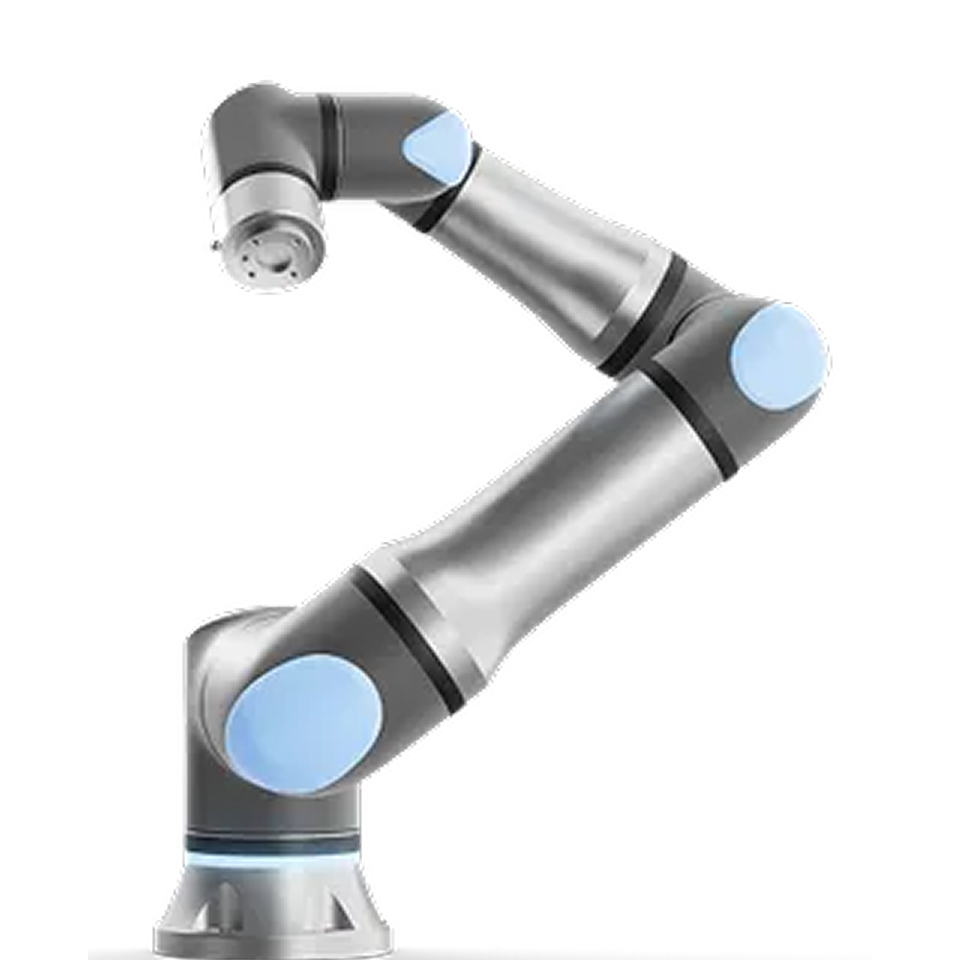
Which industrial robots are the better fit in 2025?
Trusted by Fortune 500s and independent shops




















3 reasons to use Standard Bots over Universal Robots
Plug n Play
Integrate your existing equipment via network & I/O ports, or direct integration with mills from Haas.
Cost Effective
Starting at $49,500, our flagship Thor model out-lifts, out-performs and out-prices the competition.
Seamless Setup
Anyone can program a Standard Bots robot and automate tasks in hours using our no-code interface, ArcOS.
"Our operator who doesn't code set up Standard Bots in a day."- Henry

How Standard Bots compares to Universal Robots
Further reaching, more precise, better priced.
The future of automation
starts today
Our new AI product, now in private beta, lets you demonstrate a task to the robot, and then it will perform the task autonomously using a learning model. The robot will even adapt to variations in the environment and correct on its own.
Which industrial robots are the best fit in 2025
3 reasons to choose Standard Bots over Universal Robots
- Lower real cost: Standard Bots delivers equivalent or better performance across all key specifications and multiple form factors, at a fraction of the cost.
- Standard Bots Core ($37,000 list price) – 18kg payload capacity, 1.3m reach
- Standard Bots Thor ($49,500 list price) – 30kg payload capacity, 2m reach
- Faster deployment: Standard Bots operators teach their robots routines using a simple, no-code app with built-in simulation software to mimic your environment, so teams can deploy to production in days. Universal Robots requires you to locate reliable third-party partners for peripherals and integration, which can stretch the setup process into weeks and months. Standard Bots provides U.S.A.-based, in-house integration support, reducing risk and speeding up automation ROI.
- Enterprise specs, SME-ready: Standard Bots Thor combines both reach and payload that Universal Robots splits across models. The UR20 offers generous reach but lacks the strength to handle heavy end-of-arm tooling or large workpieces. The UR30 fixes payload limits but shortens reach, reducing flexibility. Thor solves both problems with a 30 kg payload and full 2 m reach, giving manufacturers the balance UR has yet to achieve.
How does Standard Bots compare with Universal Robots?
Standard Bots Core vs. UR10e: Quick comparison
Standard Bots Thor vs. UR30: Quick comparison
What to look for in a Universal Robots competitor
If you’re comparing Universal Robots to competitors, look beyond brochure specs and evaluate what affects ROI, usability, and long-term value.
The key factors include:
- ROI & payback period: Will the cobot deliver value in months, or will add-ons and integration stretch your timeline into years?
- Service and reliability: Is support local and direct, or dependent on a partner network with slower turnaround?
- Ease of programming: Can your operators use no-code or drag-and-drop tools, or will you need training on Polyscope and extra time for deployment?
- Fit for your shop: UR cobots shine in flexible, high-mix environments, but competitors may offer higher payloads, tighter tolerances, or simpler setups for the same investment.
The 5 best Universal Robots competitors in 2025
1. Standard Bots
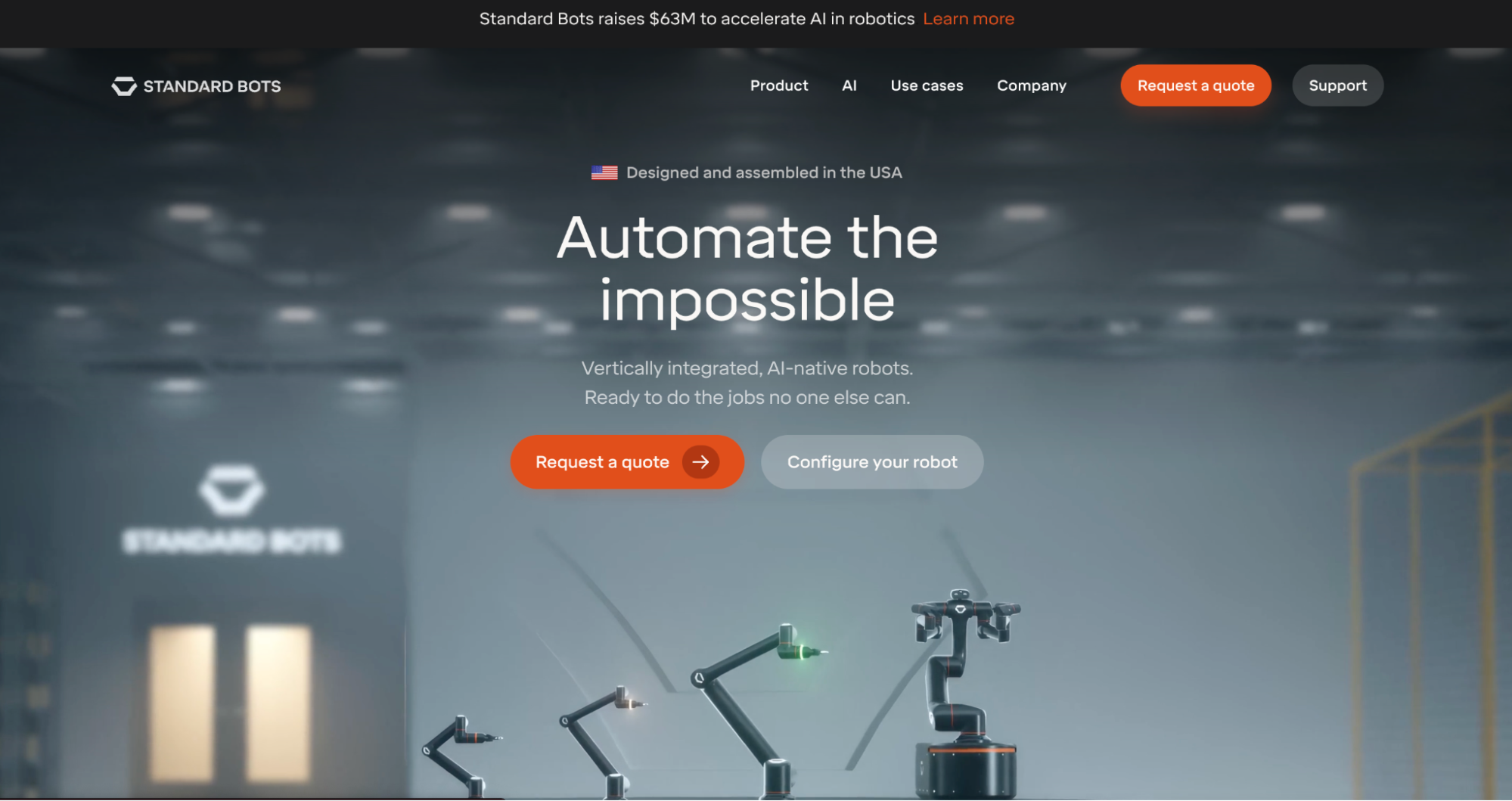
Standard Bots offers complete cobot packages with vision and safety included. Our pre-integrated systems for machine tending, welding, and palletizing make setup simple, requiring only a gripper choice. Standard Bots Core handles most shop-floor tasks at $37k, while Thor covers heavy payloads with longer reach starting at $49,500. Both deploy in days, not weeks.
Where Universal Robots often grows from $60,000 to $80,000 once you add Robotiq and vision kits, Core stays predictable, which helps SMEs hit ROI faster. Plus, U.S.-based service and training cut downtime and keep spare parts close.
Best for: Operations from small shops to large plants that need enterprise-grade robots with SME-friendly setup and pricing.
Strengths:
- Designed and assembled in the USA
- U.S.-based support and training
- Core: $37k, ±0.025 mm, 18kg payload, 1.3m reach
- Thor: $49.5k, ±0.025 mm, 30kg payload, 2.0m reach
Trade-offs:
- Limited international shipping
2. ABB
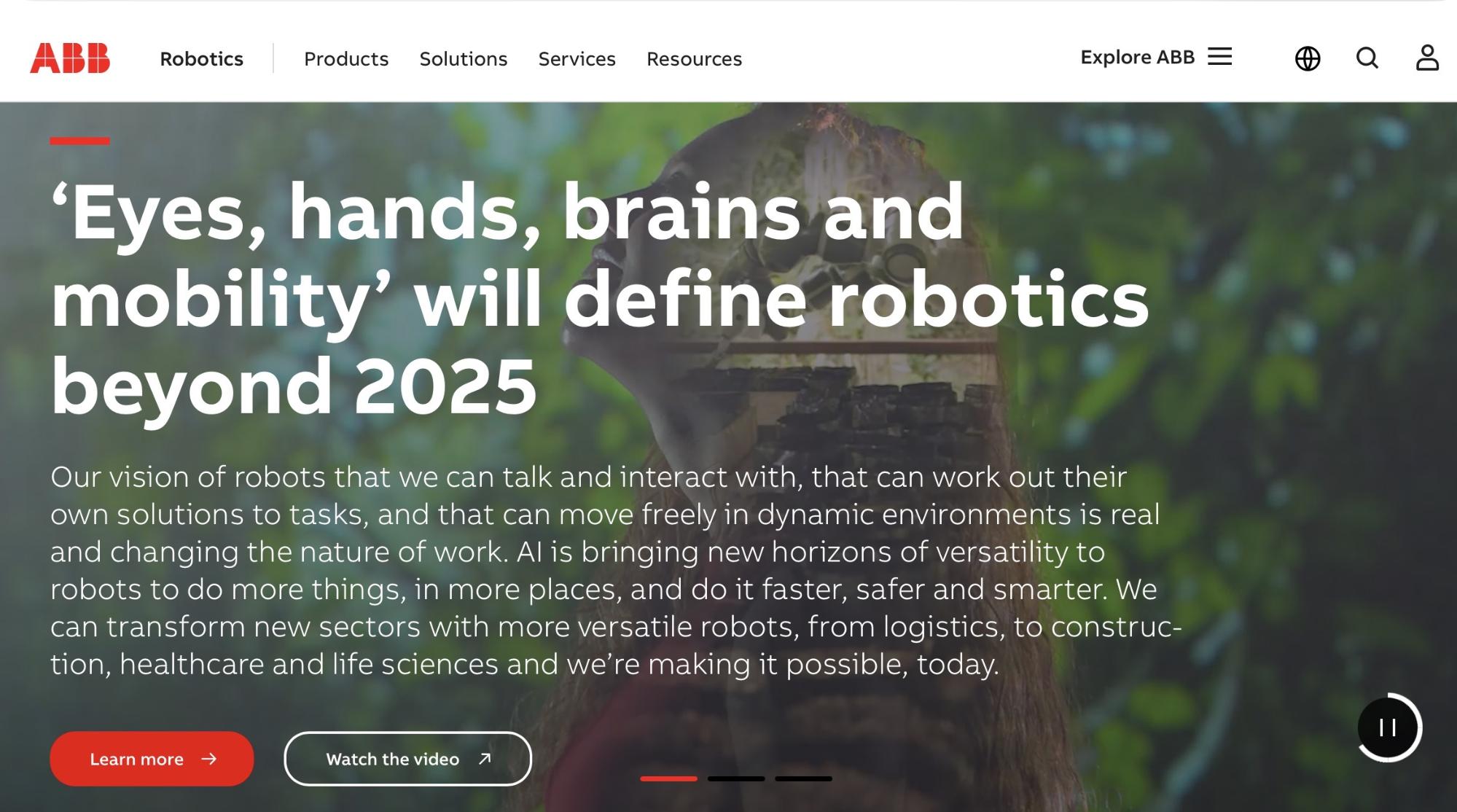
ABB brings a legacy of engineering, precision, and international support, but its systems typically require integrators and extra safety or vision components, often at a higher total cost.
Best for: Highly technical facilities focused on uptime.
Strengths:
- Proven hardware reliability
- Broad global service network
- Flexible programming through RAPID language
Trade-offs:
- Integration costs add up
- Longer deployment cycle compared to pre-integrated cobot systems
3. FANUC (CRX series)
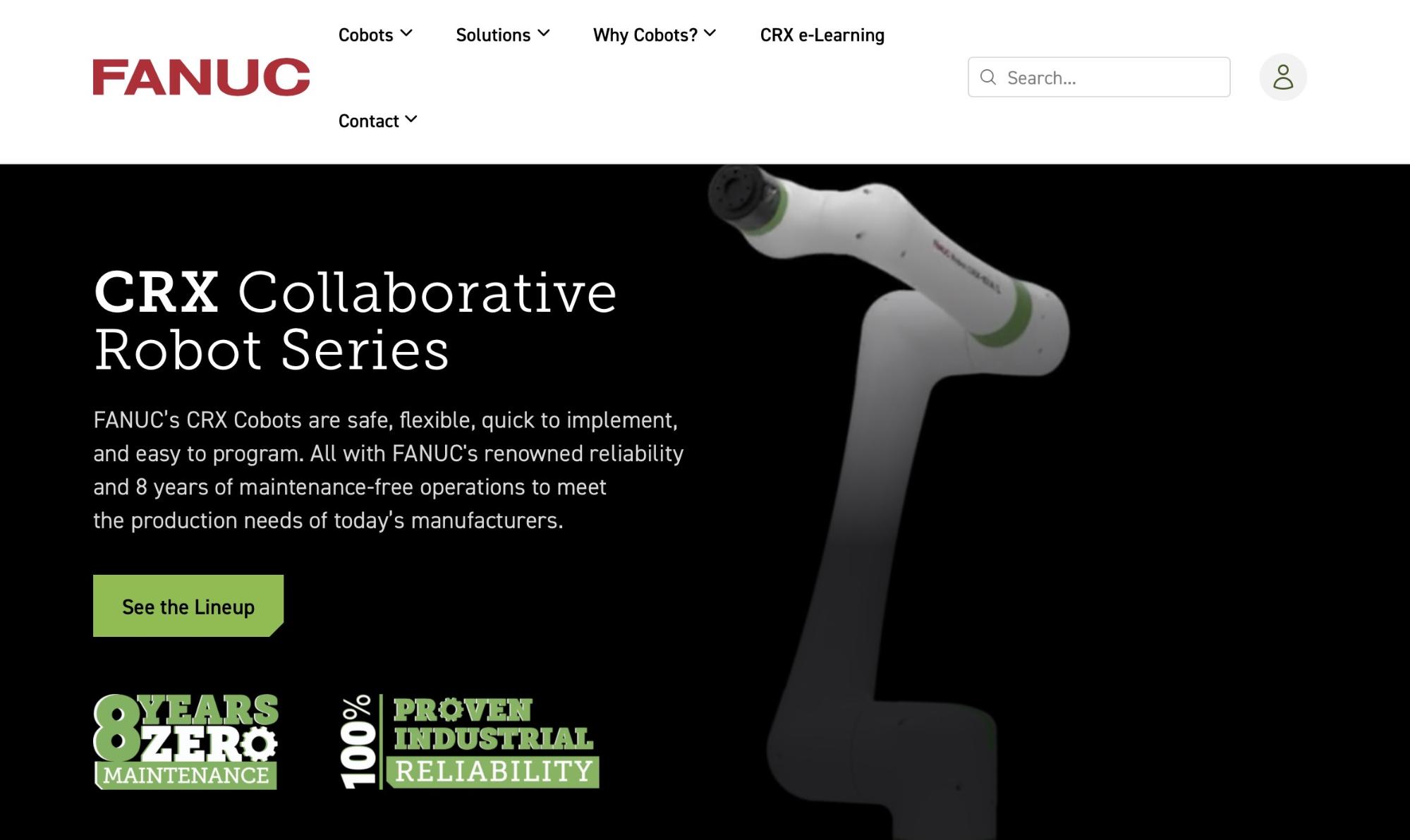
FANUC’s CRX cobots are well-known and backed by a global service network. SMEs, however, face hurdles with complicated, proprietary programming and third-party extras.
Best for: Industrial operations running large-scale, continuous production lines.
Strengths:
- Wide parts availability
- Long service life (advertised)
- Well-known legacy brand
Trade-offs:
- Requires integrators for vision, grippers, and basic functionality through hardware, software, and service; all told, costs can skyrocket above the list price
- Much steeper learning curve and longer deployment and turnover times than Core’s no-code UI
4. KUKA (LBR iisy)

KUKA’s LBR iisy offers lightweight collaborative robots suited to precision tasks in aerospace or electronics, but deployment is much slower without specialist support.
Best for: Enterprises needing accuracy in niche assembly.
Strengths:
- High motion precision
- Well-known legacy brand
- Broad ecosystem of peripherals
Trade-offs:
- More painful programming and longer setup time
- Reliant on integrators for deployment
- Slower and lower ROI compared to Standard Bots Core and Thor
5. Yaskawa Motoman (HC series)
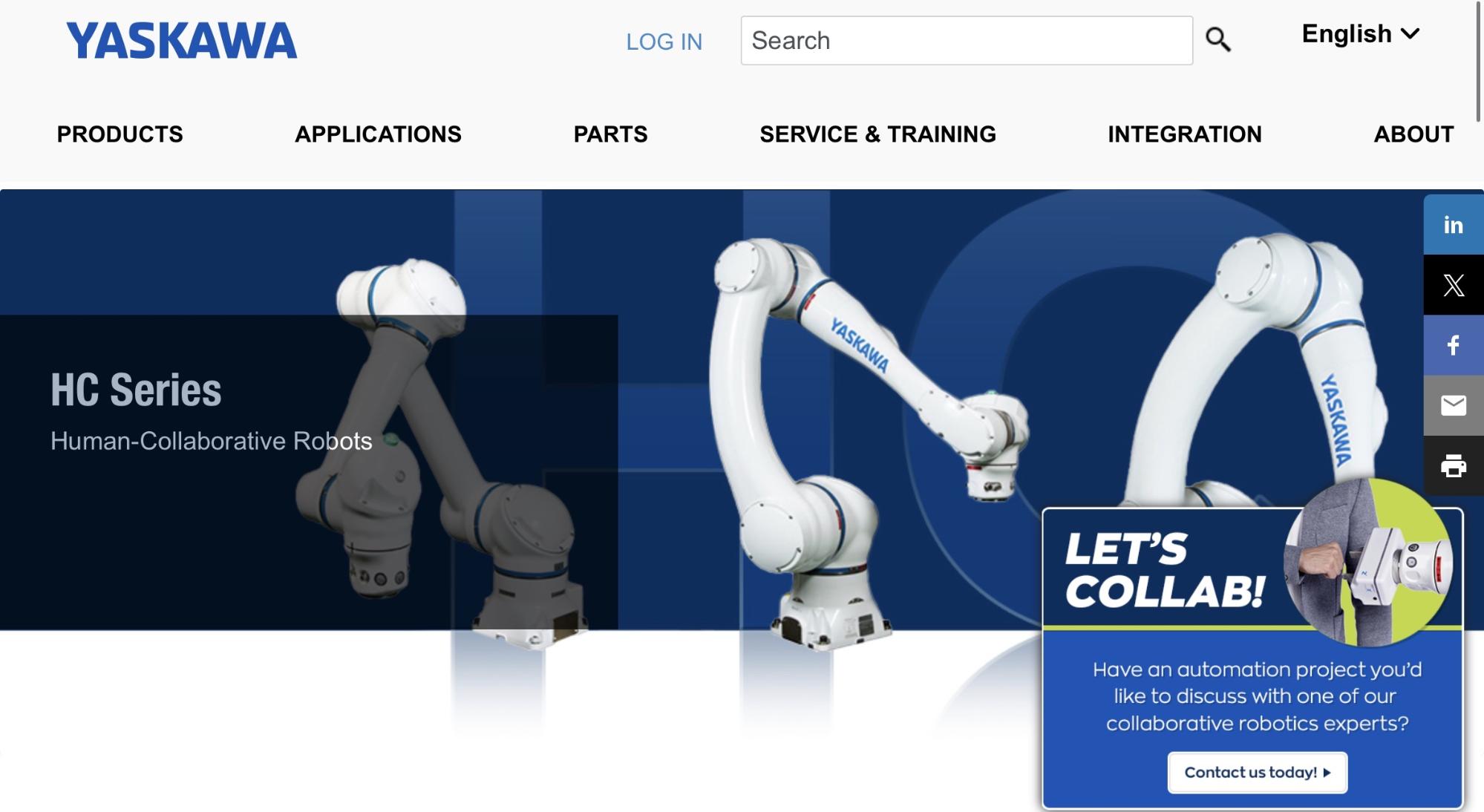
Yaskawa’s HC cobots are known for welding, packaging, and material handling. These cobots offer durability but lack the built-in simplicity that Standard Bots provides.
Best for: Larger shops with recurring low-mix production.
Strengths:
- Durable mechanics
- Known for welding integrations
- Good North American presence
Trade-offs:
- Complicated, proprietary programming
- Add-ons needed for vision and safety
How Universal Robots compares with its competitors
Verdict
Universal Robots offers a safe, flexible option if you don’t mind piecing your cell together and relying on foreign support. For other manufacturers, no matter the size, if you are focused on speed and predictable budgets, Standard Bots stands out.
Standard Bots Core delivers fast time-to-value, and Thor extends that advantage to heavier-duty applications, both backed by our expert U.S. support team. Universal Robots, ABB, FANUC, and Yaskawa may fit certain enterprise contexts, but for most serious businesses, Standard Bots is the clearest path to production results and ROI.
FAQs
1. Are Standard Bots or Universal Robots cobots better for small manufacturers?
Standard Bots is better for small manufacturers because Core costs $37,000 with bundled vision, safety, and a no-code setup that goes live in days. Standard Bots also provides cost-effective kits and systems that go live fast.
Universal Robots is strong on flexibility, but costs rise much higher after adding basic functionality through grippers, peripherals, and integration.
2. How much does a Universal Robots deployment cost in 2025?
A Universal Robots deployment in 2025 typically starts at around $55,000 for the base cobot. Complete systems with grippers, vision, and integration usually range between $80,000 and $100,000, depending on configuration and the selected components from the UR Plus ecosystem of certified add-ons.
3. What programming knowledge do Universal Robots’ cobots require?
Universal Robots’ cobots use the Polyscope teach pendant, known for its user-friendly interface. Operators can learn basic moves quickly, though advanced tasks often require additional training or integrator support. Standard Bots Core, by contrast, uses a drag-and-drop touchscreen with built-in simulation, no coding or external setup needed.
4. Who are the top Universal Robots competitors in 2025?
The top Universal Robots competitors in 2025 are Standard Bots (Core/Thor), ABB (GoFa/Swifti), FANUC (CRX), KUKA (LBR iisy), and Yaskawa Motoman (HC series). Each offers different strengths, but Standard Bots stands out for higher performance, ease-of-use, better value, and faster ROI.
5. Why choose Standard Bots over Universal Robots?
You should choose Standard Bots over Universal Robots if you want an American-crafted, superior robot with simpler software, faster setup, and dedicated U.S.-based support at a more affordable price and a higher, faster ROI.

